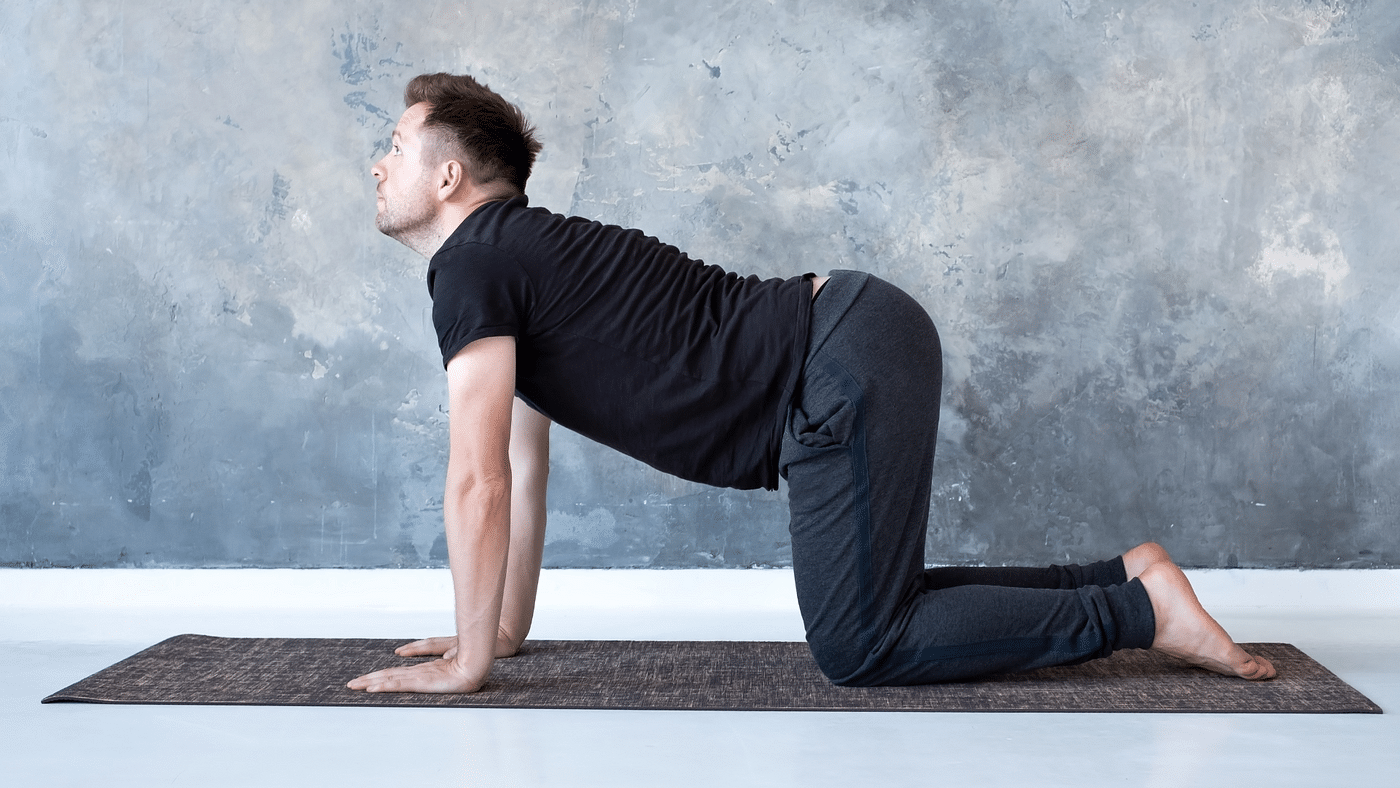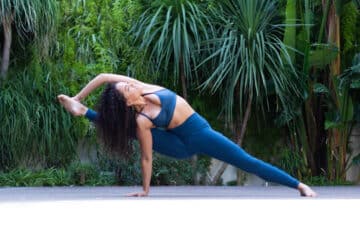In the practice of yoga, the union of breath and movement forms the heart and soul of the practice, creating a harmonious flow that nourishes the body, calms the mind, and deepens the connection to the present moment.
Rooted in ancient tradition and upheld in modern practices, the synchronization of breath and movement serves as a powerful tool for enhancing awareness, cultivating mindfulness, and unlocking the transformative potential of the practice.
In this article, we will delve into the significance, techniques, and benefits of breath and movement synchronization in yoga practice, illuminating its profound impact on body, mind, and spirit.
Understanding Breath and Movement Synchronization
Breath and movement synchronization, often referred to as vinyasa in yoga, involves coordinating specific movements with the rhythm of the breath.
The word “vinyasa” is derived from Sanskrit and can be translated as “to place in a special way.” In yoga practice, vinyasa refers to the seamless transition between poses, guided by the breath, creating a continuous and flowing sequence of movements.
This rhythmic flow not only enhances the physical aspect of the practice but also serves as a moving meditation, integrating breath, movement, and mindfulness into a unified whole.
Techniques for Synchronizing Breath and Movement
Synchronizing breath and movement requires mindful awareness and focused attention. Here are some techniques for practicing breath and movement synchronization in yoga:
- Linking Breath with Movement: Inhale as you initiate the movement, and exhale as you transition into or deepen the pose. For example, inhale to lift the arms overhead in Mountain Pose (Tadasana), and exhale to fold forward into Forward Fold (Uttanasana).
- Maintaining a Steady Rhythm: Strive to maintain a consistent rhythm of breath throughout the practice, regardless of the intensity or complexity of the poses. This steady pace helps to calm the mind, regulate the nervous system, and promote a sense of ease and flow.
- Listening to the Breath: Cultivate a deep awareness of the breath as it moves in and out of the body, noticing its quality, texture, and rhythm. Allow the breath to guide the movement, serving as a source of inner wisdom and guidance.
- Honoring Your Body: Listen to your body’s natural rhythms and adapt the pace and intensity of the practice accordingly. Honor any sensations or limitations that arise, adjusting the breath and movement to suit your individual needs and abilities.
Benefits of Breath and Movement Synchronization
The practice of synchronizing breath and movement offers numerous benefits for both body and mind, including:
- Enhanced Mindfulness: By focusing on the breath and movement in the present moment, practitioners cultivate a deep sense of presence and awareness, fostering mindfulness both on and off the mat.
- Improved Physical Alignment: Synchronizing breath and movement promotes proper alignment of the body in yoga poses, reducing the risk of injury and enhancing strength, flexibility, and balance.
- Regulation of the Nervous System: The rhythmic flow of breath and movement regulates the autonomic nervous system, promoting relaxation, stress reduction, and a sense of inner calm.
- Integration of Body, Mind, and Spirit: Breath and movement synchronization serves as a bridge between the physical body and the subtle energy body, fostering a holistic integration of body, mind, and spirit.
Incorporating Breath and Movement Synchronization into Daily Practice
Breath and movement synchronization can be incorporated into various styles of yoga practice, from dynamic vinyasa flow to gentle hatha yoga. Here are some ways to incorporate this practice into your daily routine:
- Begin each practice with a few rounds of Sun Salutations (Surya Namaskar), focusing on synchronizing breath and movement with each transition.
- Practice simple seated or standing sequences, such as Cat-Cow (Marjaryasana-Bitilasana) or Warrior series (Virabhadrasana), coordinating each movement with the breath.
- Take regular breaks throughout the day to pause and connect with the breath, using simple movements or stretches to release tension and recenter the mind.
Conclusion
Breath and movement synchronization lies at the heart of yoga practice, serving as a potent vehicle for self-discovery, transformation, and inner peace.
By cultivating a deep awareness of the breath and its connection to movement, practitioners unlock the full potential of the practice, tapping into the inherent wisdom and vitality within.
As we journey deeper into the realm of breath and movement synchronization, may we continue to explore its profound effects on body, mind, and spirit, awakening to the infinite possibilities that arise when we align with the rhythm of the breath.




